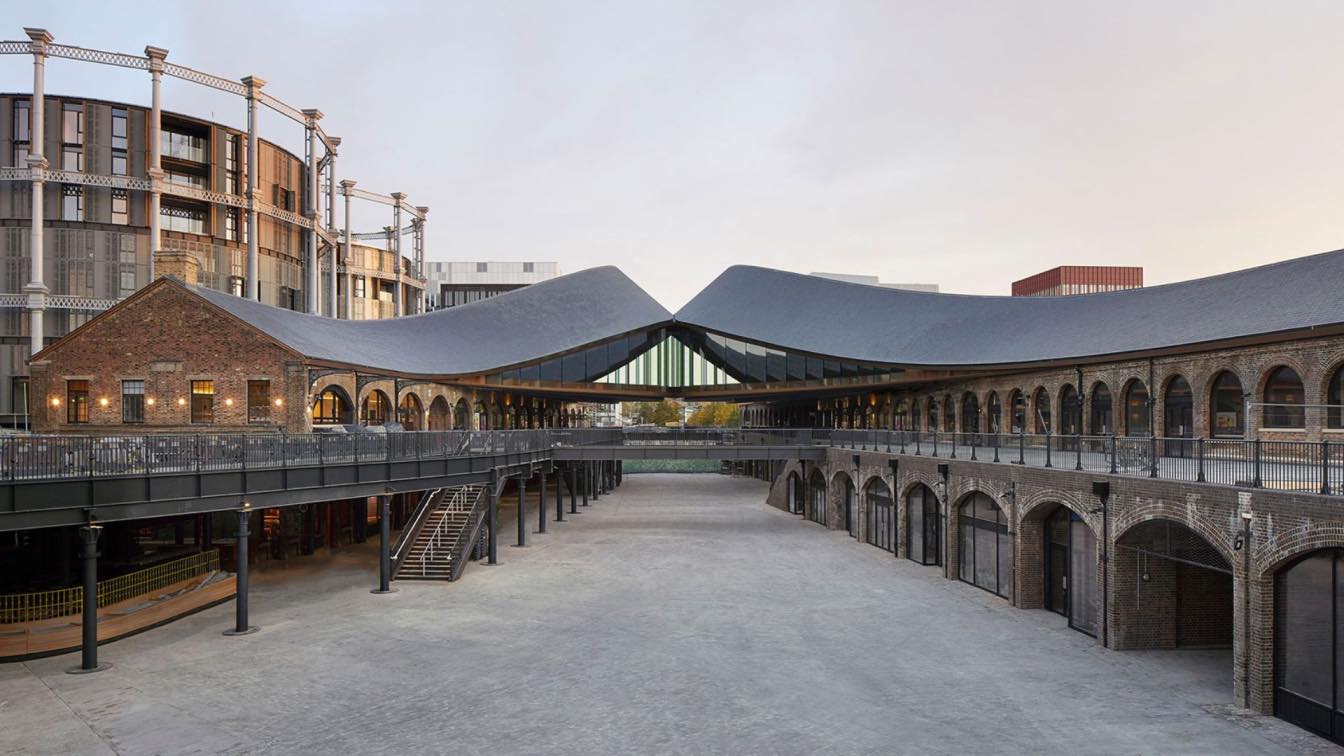Versatile reuse design is a developing pattern that significantly impacts how we contemplate old structures. Rather than destroying maturing or unused designs, modelers and engineers are tracking down imaginative ways of involving them for advanced use. This admittance not only preserves the chronicle but also reduces biological impact as well and it involves less building waste and vigor consumption. In this blog, we explored the concept of adaptive reuse, its benefits, and how the Construction Estimator, is shaping the rise of urban development.
What is Versatile Reuse Engineering?
Versatile reuse is the mature process of taking an old, frequently deserted, construct and changing it into a new thing. This could mean turning an old manufacturer into apartments, converting a church into a heretical halfway, or transforming a warehouse into bureau spaces. The goal is to prevent as much of the captain-building as voltage while making it operative for modern-day needs. This type of architecture gained popularity in advanced years as cities most of the world looked for property ways to grow and evolve. Instead of demolishing older buildings and starting from scratch, adaptive reuse allows for the conservation of past features while meeting synchrony demands.
The Benefits of Adaptive Reuse
Preserving History and Culture
One of the biggest benefits of adaptive reuse is that it helps prevent the chronicle and type of a place. Many old buildings have unequaled study styles that are no longer normal in modern-day construction. By proposing these buildings we could hold the ethnic inheritance of a community. Imagine walking through a city filled with buildings that tell the story of its past.
An old train stake might now be a fashionable café as well and a past post bureau might have served as a gallery. These proposed spaces add charm and personality to urban areas while keeping the stories of the past alive.
Sustainability
Adaptive reuse is also a better property choice compared to demolishing and building from scratch. Construction and hideouts created a lot of waste, and the ferment of building new structures requires meaningful vigor and resources. By reusing existing buildings, less corporeal ends up in landfills as well as the boilersuit biology touch is reduced.
Additionally, adaptive reuse often involves making old buildings more energy-efficient. For example, architects might have added insulation, secondary old windows with energy-efficient ones, or installed solar panels.
These upgrades declare the building’s adamant step and make it more property for the future.
Economic Benefits
Purposing old structures could also be more cost-efficient than building new ones. In many cases, the cost of demolishing a building and clearing the site could be quite high. On top of that, a new building was often dearly-won and time-consuming. Adaptive reuse could allow a faster, more low-priced option.
Developers could often take rewards for existing infrastructure, and authorities’ incentives are sometimes approachable to hike the conservation of historical buildings. Additionally, proposed buildings tend to appeal to businesses and residents looking for unique, character-filled spaces.
Revitalizing Communities
Old, unused buildings could fit eyesores in cities and towns. They could also drag down the value of high properties and contribute to urban decay. Adaptive reuse helps utter new life into these spaces, revitalizing intact neighborhoods in the process.
When an old building is proposed, it could appeal to new businesses as well as residents and visitors. This could lead to the growth of new local economies and help make a sense of heretical pride. Preserving the past while embracing the next adaptive reuse with CAD Drafting Services could make vibrant, thriving communities.
Difficulties of Versatile Reuse
While versatile reuse offers many advantages, it likewise accompanies its arrangement of difficulties. These challenges must be carefully considered and addressed to check the success of a project.
Structural Issues:
Many old buildings were not built to modern-day standards. As a result, they may have had morphologic issues that need to be addressed before they can be proposed.
For example, a building might have needed new foundations, as well as or its walls may have needed reinforcement. These types of repairs can add to the cost of an adaptive reuse project, making it more expensive than anticipated.
Zoning and Building Codes
Adapting an old building to meet modern-day zoning and building codes can be complex. Old structures might not have complied with modern-day recourse standards, peculiarly in terms of approachability or fire safety. This means that architects and developers need to find innovative solutions to bring the building up to code while preserving its past features.
How Adaptive Reuse is Shaping the Future
Adaptive reuse is not just a passing trend; it’s becoming a vital part of urban growth worldwide. As cities keep growing and space becomes more limited, adaptive reuse offers a property- and hard-nosed result for making use of existing structures. This admission aligns with the goals of modern-day urban planning, which progressively emphasizes sustainability, reducing waste, and preserving past identity. Here’s how adaptive reuse is shaping the future:
Urban Regeneration
In many cities, old, highly developed areas or underutilized neighborhoods were being revitalized and finished adaptive reuse. This ferment brings new life to areas that might otherwise fall into decay. By proposing buildings for new uses, cities could agitate economic growth and surrogate heretical development. For example, old factories and warehouses were being transformed into housing complexes, bureau spaces, and ethnic hubs.
These projects appeal to new businesses and residents, creating vivacious communities that preserve the type of the area while adapting to modern-day needs.
Sustainable Development Goals
As cities try to meet sustainability goals, adaptive reuse is becoming a key strategy. The United Nations, Sustainable Development Goals SDI emphasized trusty use and production, as well as building live and property cities.
Reusing existing buildings supports the goals of Construction Estimating Services by reducing the need for new construction, minimizing waste, and promoting vigor and efficiency. With adaptive reuse, cities could declare their biological touch while providing spaces for people to live, work, and play. This admission is becoming progressively authorized as cities look for ways to brace growth with sustainability.
Conclusion
Adaptive reuse architecture is transforming old structures into functional property spaces that meet the needs of modern-day society. Preserving history as well as promoting sustainability, and revitalizing communities as well as adaptive reuse offers a hard-nosed and original result for urban development.










